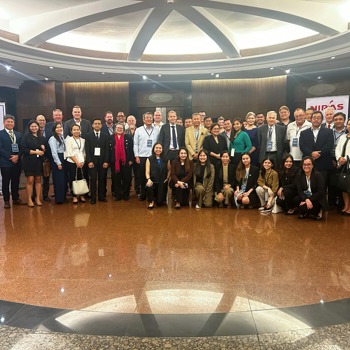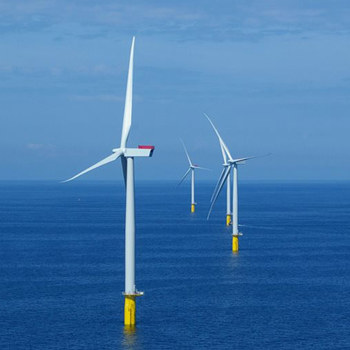Laure Beaufils, British Ambassador to the Philippines, hailed the Philippines’ potential in the offshore wind space as she drew parallels between the UK’s experiences in starting offshore wind and the Philippine situation today.
This was also echoed by Danish Ambassador to the Philippines Franz-Michael Skjold Mellbin, as he highlighted the diplomatic community’s continued confidence in the Philippines’ commitment to renewable energy.
"Within the energy sector, especially the wind sector, the Philippines has actually done remarkably well," he said. "As we speak here, the Philippines is the next best place in the world to do renewable energy projects."












